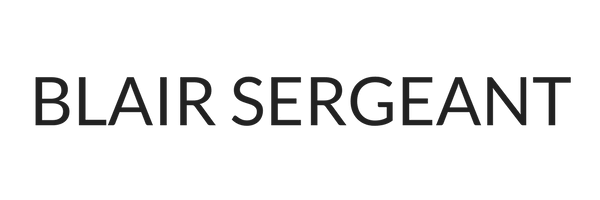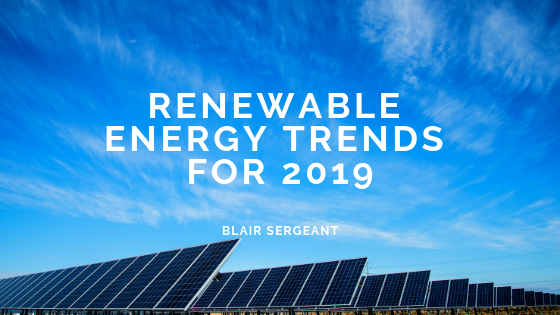With the price of many forms of renewable energy decreasing, many areas of the world are beginning to adopt renewable energy at a much greater rate than in the past. This will help make 2019 a big year for renewable energy adoption and innovation.
Energy Storage
Whether your renewable energy source is the sun, wind, or water, there are likely times that you do not have your source providing energy. For this reason, many forms of renewable energy rely upon a storage system. Batteries technology continues to provide a better and better product and at a more reasonable cost. Deloitte found that battery technology improvements alone will help many private entities and even utilities find it more cost effective to utilize renewable energy.
A unique example of battery technology powering a utility is how the island of Barbados is using rejuvenated batteries from electric cars to store energy for an entire electric grid.
AI Paired With Micro-grids
Micro-grids are renewable energy grids that can operate autonomously or paired with a traditional energy grid. AI makes it possible for this pairing work to help maintain continuous energy to meet consumers’ demands. A San Diego company named Xendee has developed a way to have a micro-grid and AI system custom designed within 24 hours.
The small island nation of Palau is committed to having the world’s largest micro-grid and utilizing 70 percent renewable energy by 2050.
Energy Blockchain and IoT
Blockchain is not only useful for financial transactions. In the coming year, blockchain will help consumers directly buy energy from the best, most , and cheapest sources through its distributed ledger system. Also, IoT will monitor the energy use of appliances. When paired, blockchain and IoT can help consumers buy energy at the optimal time to keep appliances powered with the cleanest energy possible at the best cost.
An experiment in energy blockchain and IoT is currently going on in Brooklyn, New York. The micro-grid there allows consumers to buy energy from each other through IoT and blockchain.
Grid Parity
Grid parity occurs when a renewable resource is the same cost or cheaper than the non-renewable energy resource currently in use. According to Green Technology Media, solar and wind are at grid parity in comparison to non-renewable energy sources. This will create a situation in which communities are able to create small micro-grids that are efficient, as opposed to one central grid.
Cities and Companies Commit to Green Energy
According to CDP Worldwide, 100 cities are now using 70 percent renewable energy. 40 cities have transitioned to 100 percent renewable energy. Currently, 160 companies have made the commitment to transition to 100 percent renewable energy.
Developing Countries
The lower cost of renewables has created an exciting situation that is now allowing places in the world where there was no electricity to have renewable, micro-grid power, according to Sustainable Energy for All.
With grid parity for solar and wind applications, companies, countries, and areas are beginning to develop small micro-grids of renewable energy. Electrical energy will be cheaper, renewable, and will get to areas of the world where it has never before been. The IoT and blockchain will aid in allowing consumers to purchase the cheapest and cleanest energy. All of this is made possible by cheaper energy storage and solar and wind technology.

